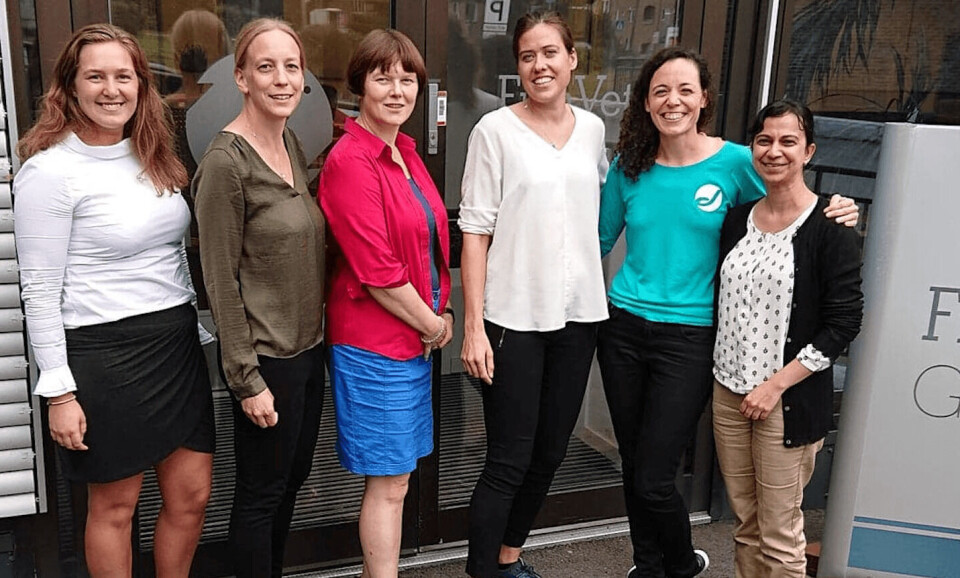
Double bid to improve gill health
Two projects have been launched to understand the factors that cause gill problems in salmon farming and to provide concrete recommendations for preventive measures that can reduce the problems.
The Norwegian Seafood Research Fund (FHF) is primarily funding the projects, one of which will be carried out by the University of Bergen and the other by Fish Vet Group Norway, owned by UK-based Benchmark Holdings.
Project 1
The first project, under the management of Bergen University’s Are Nylund, will study the effects of treatment against salmon lice, amoebic gill disease (AGD) and net cleaning on salmon gill health.
Reduced gill health is one of the main problems in marine salmon farming in southern Norway, and in Scotland. The causes are very complex, but a number of pathogens are associated with gill diseases of salmon in the sea.
Knowledge of the importance of each pathogen for salmon’s gill health is limited, but it is clear that a number of external factors (temperature, algal blooms, and stress) are important. In recent years, many new technologies have been used for de-lousing (mechanical de-lousing), AGD treatment (with fresh water) and cleaning of nets.
All such treatments cause stress to the salmon, and the use of these technologies seems to give a slightly increased mortality after treatment. In particular, such mortality has been linked to poor gill health before and after treatment. The project will investigate how mechanical treatment against salmon lice, freshwater treatment against AGD, and net washing affects the health of salmon.
The main objective is to acquire new knowledge that will result in recommended operating measures that will improve the health of salmon at sea and consequently reduce losses.
Project 2
The second project (FHF-901515) is awarded to Fish Vet Group Norway with Marta Alarcon as project manager. The project aims to identify risk factors and indicators that can lead to strategic management of salmon disease in salmon, both through prevention and by minimising the consequences of reduced gill health when disease has first occurred.
Gill disease can be a simple disease or a disorder composed of several different factors. The development and consequences of the condition depend on genetics, nutrition, environment and operating conditions. The interaction between several variables determines the effect of gill disease in the form of mortality, reduced growth rates, increased susceptibility to other diseases, reduced potential for lice treatment and need for harvesting, writes FHF.
“More knowledge is needed about the risk factors that contribute to reduced gill health and to identify the relative importance of the various factors, and add the interaction between them through the freshwater and seawater phase.”
Net management
The project will have a focus on the effect of net management strategies on gill health.
The potential effects of phyto- and zooplankton, different net types and net maintenance as well as thermal- and mechanical sea lice treatments will be evaluated in order to identify management strategies that can prevent, reduce and minimise impact of gill disease. The project will map the levels of plankton along the coast of Western Norway and how these vary throughout the year and study to what extent this affects the health of the salmon.
In addition, the researchers aim to identify useful indicators of gill health to help management decision-making at farm level.
Fish Vet Group (FVG) Norway and Ireland, Marine Harvest Norway, the Norwegian University of Life Sciences (NMBU) and Benchmark will work together on the three-year project. As well as FHF, funding contributions will come from Marine Harvest and FVG.
For the last decade Marine Harvest has avoided net washing on square cages at some sites by using double-width Environets which allow half the net to dry out of the water for two weeks out of four, effectively killing off any biofouling. MH Scotland recently developed a system which has allowed it to do the same on circular pens, with encouraging results.






















































